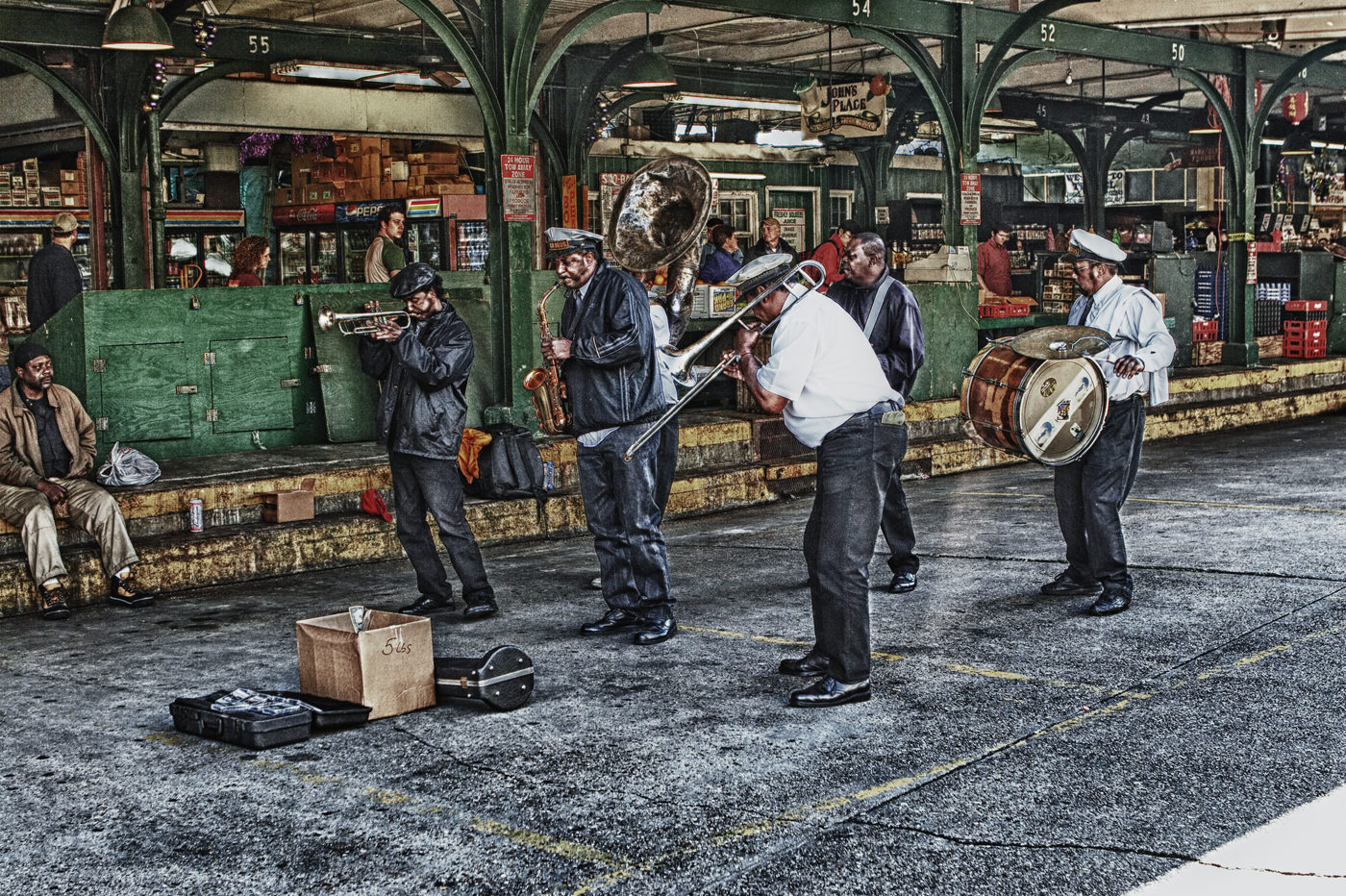I’ve seen the signs for years for the CSS Neuse when traveling on Highway 70 through Kinston. It’s one of those things my wife Kristi and I have always said “one day, we need to do that.”
We finally did just before summer started, at the “new” museum for the ship and the area. It was fascinating.
The one thing that struck me is how massive the ship was and the museum has made the retrieved wreckage into the centerpiece of the exhibits. Up from the hull a “skeleton” fills out the dimensions of the ship. I’m 6’2 and my head did not even come up to the water line of the Neuse. The ship was 158 feet long and 34 feet wide. The twin screws were powered by steam.
The room it is located in is like a multi-storied warehouse. I guess I never realized the scale from photos or drawings — even the one included on the blog here reveals why.

The Confederacy commissioned 26 ironclad ships, including four in North Carolina. In addition to the Neuse, there was the CSS Raleigh, CSS North Carolina (both built in Wilminton), and the CSS Albemarle (built on the Roanoke River). The Neuse was built in the Whitehall area now known as Seven Springs. It was one of six ships built with the diamond hull design.
Ironclads were a new but coming thing and the spring of 1862 Hampton Roads battle between the USS Monitor and the CSS Virginia (formerly the Merrimack) was a peek at the future. The Confederacy hoped the ironclads would help even the odds against the numerically superior U.S. Navy.
Ironclads were supposed to function as “floating batteries” and the big campaign for the Neuse was going to be an attempt to recapture New Bern, which had been taken by the Union in 1862.
The Neuse ran aground about a half mile below Kinston on its way to New Bern in April of 1864. It was stuck for about a month and during that time the ground troops that were designated for the attack were transferred to Virginia.
In March of 1865 when troops were moving into Kinston, the crew of the Neuse was ordered to shell the enemy and then burn the ship to keep it from falling into Union service. A loaded gun exploded on the ship and it sank.
The ironclad stayed at the bottom of the river for almost 100 years, although the machinery and armor was salvaged. There were rumors that a chest of gold had gone down with the ship and in 1961 three local men started a salvage project. The hull was eventually cut into three parts and moved to the Caswell Memorial site in Kinston, but no gold was reported to have been found. About 15,000 artifacts have been recovered. I thought the Lea & Perrins sauce bottle was one of the more interesting.
In 2012, the remains were moved to the current location and opened for some exhibits in 2013. A grand opening was held in 2015 and the exhibits were expanded in 2016.
There are several interesting pieces on the second floor of the museum, including a display of Confederate money. Jefferson Davis was on the $50 bill; Lucy Pickins, the “Queen of the Confederacy” was on the $100 bill, along with Secretary of War George Randolph; and George Washington appeared on the $500 bill with Gen. Stonewall Jackson.
The Battle of Wyse Fork battlefield is just a short ride from the museum, so the area is worth the drive to get an up-close look at more of the state’s Civil War history.
Sources:
Bright, Leslie. “CSS Neuse.” NCPedia
North Carolina Historic Sites


I visited the Neuse at it’s old location 30 years ago, been wanting to check out the new museum. Thanks for prodding me Mike!
Always glad to be of service. Kinston has some neat things downtown now.
I recalled that the Neuse had an ill-fated history. Thanks for the details.
Indeed it was one more CSA idea doomed to failure. Thanks for reading.